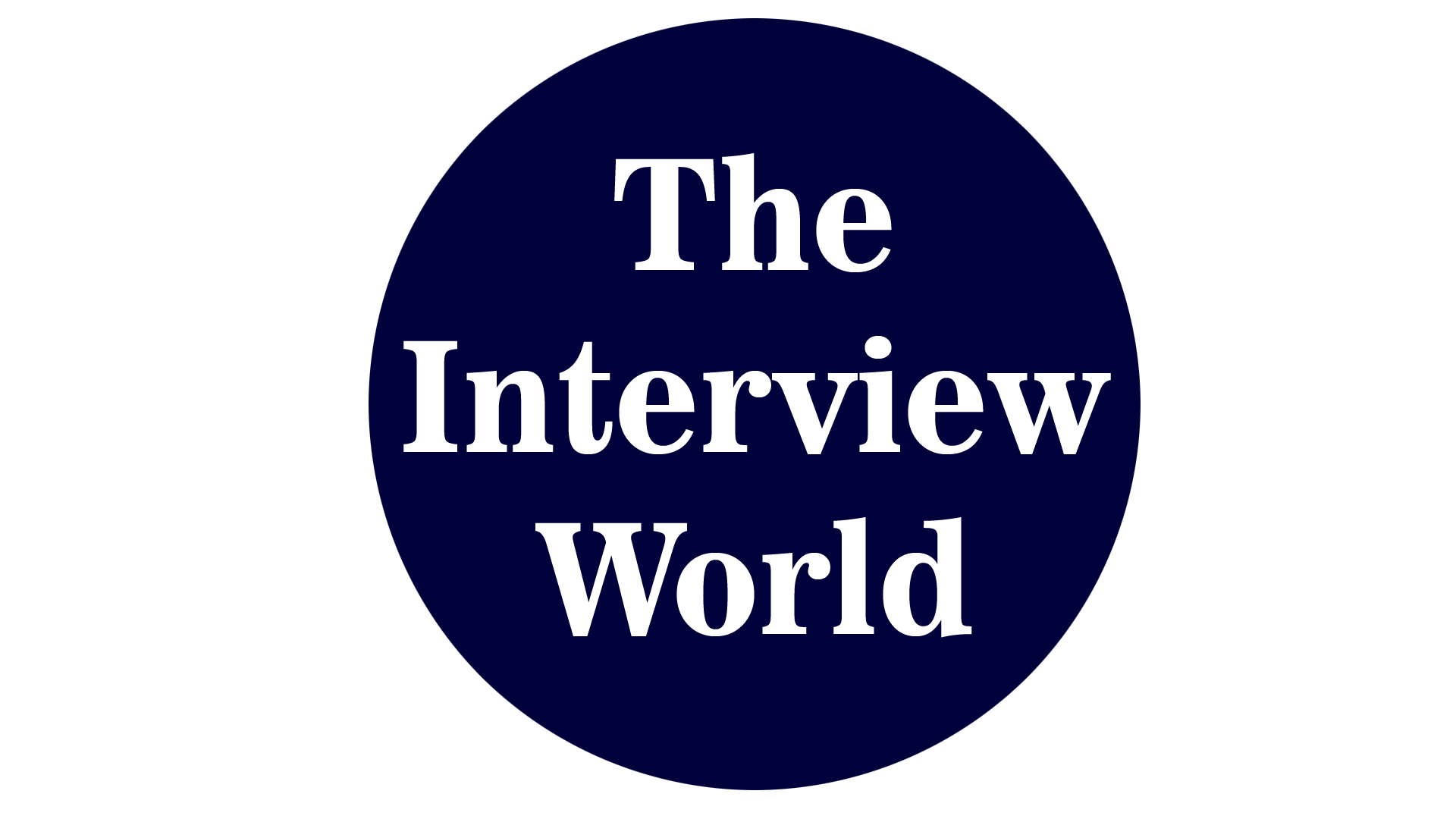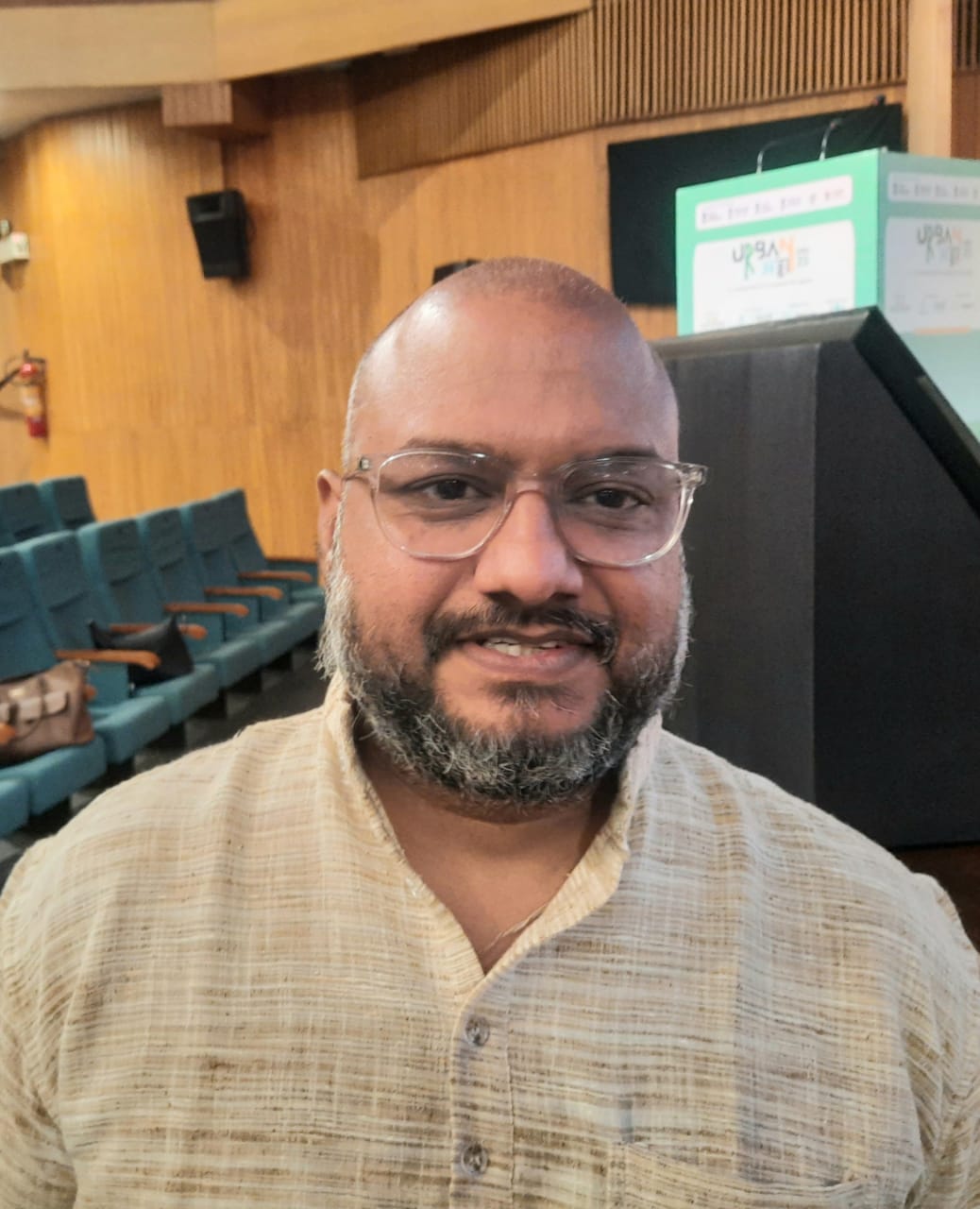QuantaSight, a pioneering deep-tech startup from the UK, stands at the forefront of machine intelligence, developing advanced solutions for the pharma and life sciences sectors. By harnessing the power of data science, machine learning, and natural language processing, QuantaSight drives innovation in medical and pharma research, empowering companies to bring products to market more swiftly and effectively.
In an exclusive dialogue with The Interview World, Ayush Mishra, CTO of QuantaSight, delves into how the startup leverages these cutting-edge technologies to fast-track pharma research for global clients. He unveils insights into QuantaSight’s foundational technology, highlights the vast market opportunities, and emphasizes the unique capabilities that set his solutions apart. Here are the essential insights from this illuminating interview.
Q: How is your startup leveraging data science to empower pharma companies in fast-tracking their research processes and improving outcomes?
A: Our powerful models empower pharma companies’ medical affairs teams to streamline research and dramatically cut turnaround times. Dedicated medical affairs teams in every organizationtypically gather, analyze, and draw conclusions from vast data sources.
We optimize this entire process. By consolidating all data sources into one unified platform, we generate actionable insights and present them in an intuitive, accessible format. This transformation reduces tasks that once took two or three days to only two or three hours.
As a result, team efficiency has soared. From a business perspective, companies can now present solutions or products to clients with unprecedented speed. In short, we’re redefining how medical affairs teams operate, elevating productivity across the pharma industry.
Q: Could you explain the core technology that powers your platform and how it enables the innovative solutions you’re developing?
A: In a startup environment with limited resources, you must spend strategically, avoiding unnecessary expenses. Leveraging free cloud credits, like those from AWS and Microsoft Azure, can be a game-changer. If you’re a funded startup, you can access extensive resources, often up to $100,000 in credits. However, as a fully bootstrapped operation, we work within our means, relying on a modest $1,000 in free credits while maximizing AWS services like EC2 instances, EKS, Elastic Kibana, and S3.
For our databases, we utilize Elastic Container Services, MongoDB, and Elasticsearch. On the AI front, at this early product-market fit stage, we’ve developed a model by fine-tuning only the final layer, conserving resources while moving efficiently. For proprietary reasons, I won’t dive into the specifics of our hyperparameters, but I recommend a similar approach for resource-conscious startups. Focus on achieving product-market fit first; once you know where to direct your efforts, you can allocate resources more effectively.
Overall, we lean on AWS and OpenAI tools, prioritizing efficiency and scalability as we grow.
Q: What market opportunities do you foresee for your pharma-focused product over the next 4-5 years, especially in global expansion?
A: The life sciences market, particularly in medical affairs, is experiencing remarkable growth, driven largely by pharma companies’ substantial investments in AI. The urgency is clear: the cost of ignoring AI now outweighs almost any other risk. Major players are allocating significant budgets to AI initiatives.
Some companies have earmarked around $5 million specifically for AI by 2025. Similarly, other companies follow suit, creating opportunities even for small players in this vast industry.
In this space, platforms like Perplexity are already making strides, backed by extensive funding and a proven product-market fit. However, we’re focused on a unique, highly specialized segment, delivering a refined, quality-driven solution tailored to our customers’ needs.
Q: How does your solution uniquely address existing challenges in this segment, and what differentiates its features for your clients?
A: We’ve observed that many of our clients target highly specific segments. However, effective analysis for medical affairs teams demands a vast and diverse dataset, covering multiple fields. For example, recognizing that a particular paper is valuable is one thing; knowing that it’s authored by a highly influential expert in the domain can accelerate and enrich research significantly.
Currently, none of our competitors provide this level of contextual insight. Our approach aggregates data across various segments, resulting in a more refined, actionable outcome for our clients.









